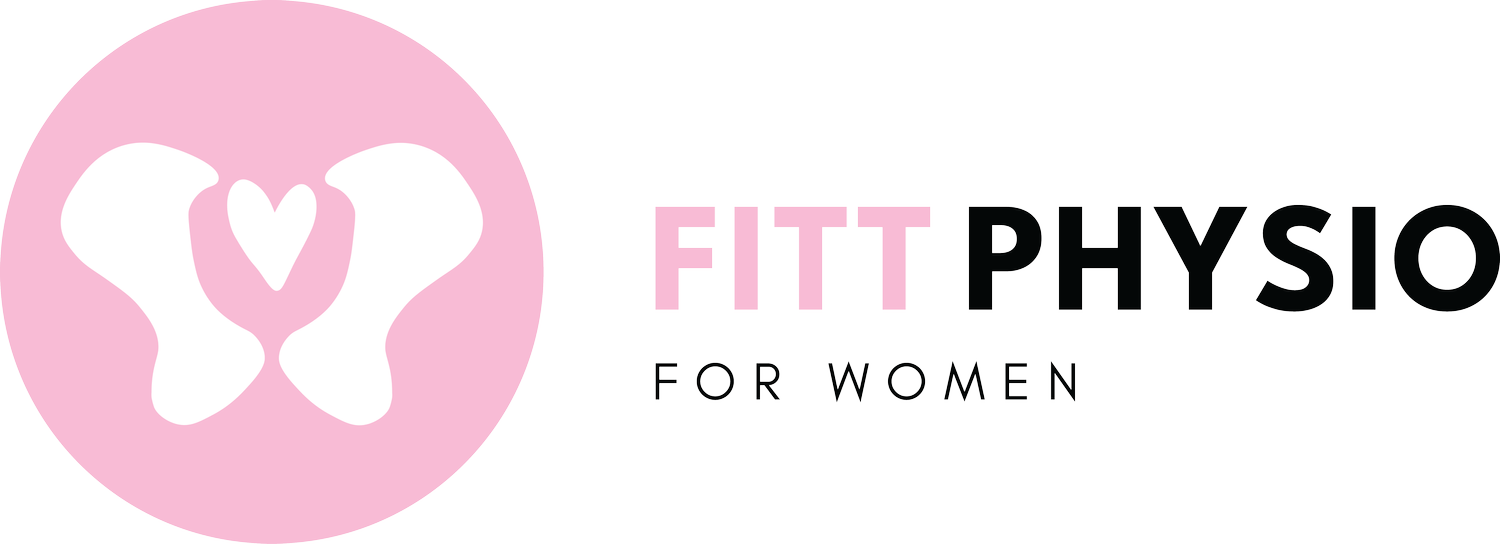Hypermobility on the Pelvic Dance Floor: Navigating Dancer's Dilemmas
I dipped my toes into the world of dance at a tender age of 3, joining the 'flutter and twirl' class at my local studio. Fast forward through school and university, it stayed my favourite hobby and I still love attending classes with the same friends I’ve danced with for decades. Over the years I heard many a whispered frustration from dancers dealing with pelvic floor problems, women's health issues. As a physio working in the hypermobility space, I also started noticing just how many students and classmates were hypermobile and dealing with recurrent injuries.
Hypermobility
Ever wondered why so many dancers seem to defy the limits of human flexibility? Enter hypermobility, the not-so-secret weapon of many performers. But with epic flexibility comes risk, as hypermobile joints can lack the stability needed to withstand the rigors of dance. Sprains, subluxations, and dislocations are constant reminders that even strengths can have their drawbacks.
Being hypermobile means your joints are more flexible than normal/expected. This can be because the collagen make-up is different in some hypermobile individuals. Collagen is an essential part of our connective tissues (i.e. ligaments, fascia, skin, tendons), and when it isn't doing what we need it to, we can end up with very stretchy connective tissue. Issues arise when joints are overly flexible & lack stability. This can result in injuries like sprains, subluxations or dislocations, because the joint isn’t being held firmly in place.
Pelvic floor
We want to shed light on a lesser-discussed aspect of dance: the pelvic floor. The relationship between the pelvic floor and dancing is multifaceted. To begin, let's focus on the obturator internus muscle, which serves both as a turnout muscle and a pelvic floor muscle. This muscle works alongside other hip muscles to provide stability and facilitate hip rotation and lateral leg movement. Dancers who heavily rely on this muscle for stability during prolonged dancing sessions may experience increased tension not only in the obturator internus but also in other pelvic floor muscles.
The pelvic floor also interacts with other muscle groups, including the low back muscles, core muscles, and diaphragm. This interaction contributes to our stability during movement. Changes in intra-abdominal pressure, such as those occurring during certain dance positions and movements, can affect the pelvic floor.
Additionally, the pelvic floor muscles play vital roles in maintaining bladder and bowel continence, supporting internal organs, and aiding sexual function. In dance, high-impact exercises like jumps and heavy landings, as well as movements involving sit-ups or other activities increasing abdominal pressure, may exacerbate issues with leakage. Such repetitive strain can lead to weakness or a compensatory over-tightening/clenching response in the pelvic floor muscles.
What’s physio got to do with it?
When assessing the pelvic floor, physios look for strength, weakness, or tightness/overactivity. Remember, a tight pelvic floor isn't necessarily strong—it should provide stability through motion and contract and relax effectively. We see problems of weakness or overactivity in dancers who may overuse pelvic floor muscles due to weak glutes or hip muscles, or pelvic floor muscles that have endured repetitive high impact loading and in hypermobile bodies. Pelvic floor dysfunction often accompanies hypermobility, and can lead to pain, incontinence, prolapse, and relate to gastrointestinal issues. Symptoms may include bladder leakage, urgency, bowel incontinence, constipation, pain during intercourse, and sensations of heaviness.
If this resonates, seek a physio versed in dance, pelvic floor, and hypermobility for tailored care. Too often, dancers ignore injuries, believing pelvic floor issues are normal or unavoidable. Don't suffer unnecessarily; seek assessment and tailored management at Fitt Physiotherapy for a healthier dance journey.
Written by Amy Duerkop, Pelvic Health & Musculoskeletal Physiotherapist
References:
Armstrong, R. (2018). The hypermobility spectrum in rugby union players, netballers and dancers: implications for injury and performance. Journal of Education, Health and Sport, 8(7), 269–290. Retrieved from https://apcz.umk.pl/JEHS/article/view/5650
Carvalho, C., da Silva Serrão, P.R.M., Beleza, A.C.S. et al. Pelvic floor dysfunctions in female cheerleaders: a cross-sectional study. Int Urogynecol J 31, 999–1006 (2020). https://doi.org/10.1007/s00192-019-04074-w
Gilliam E, Hoffman JD, Yeh G. Urogenital and pelvic complications in the Ehlers-Danlos syndromes and associated hypermobility spectrum disorders: A scoping review. Clin Genet. 2020; 97: 168–178. https://doi.org/10.1111/cge.13624
Hastings J, Forster JE, Witzeman K. Joint Hypermobility among Female Patients Presenting with Chronic Myofascial Pelvic Pain. PM R. 2019 Nov;11(11):1193-1199. doi: 10.1002/pmrj.12131. Epub 2019 Apr 5. PMID: 30729750.
Nicholson, L. L., Adams, R. D., Tofts, L., & Pacey, V. (2017). Physical and Psychosocial Characteristics of Current Child Dancers and Nondancers With Systemic Joint Hypermobility: A Descriptive Analysis. The Journal of orthopaedic and sports physical therapy, 47(10), 782–791. https://doi.org/10.2519/jospt.2017.7331
Scheper, M., de Vries, J., de Vos, R., Verbunt, R., Nollet, F., Engelbert, R., Generalized joint hypermobility in professional dancers: a sign of talent or vulnerability?, Rheumatology, Volume 52, Issue 4, April 2013, Pages 651–658, https://doi.org/10.1093/rheumatology/kes220
Skwiot M, Śliwiński G, Milanese S, Śliwiński Z (2019) Hypermobility of joints in dancers. PLoS ONE 14(2): e0212188. https://doi.org/10.1371/journal.pone.0212188
Winder B, Lindegren K, Blackmon A. Prevalence of Urinary Incontinence and Other Pelvic Floor-Related Symptoms in Female Professional Dancers. Journal of Dance Medicine & Science. 2023;27(1):50-55. doi:10.1177/1089313X231176629

